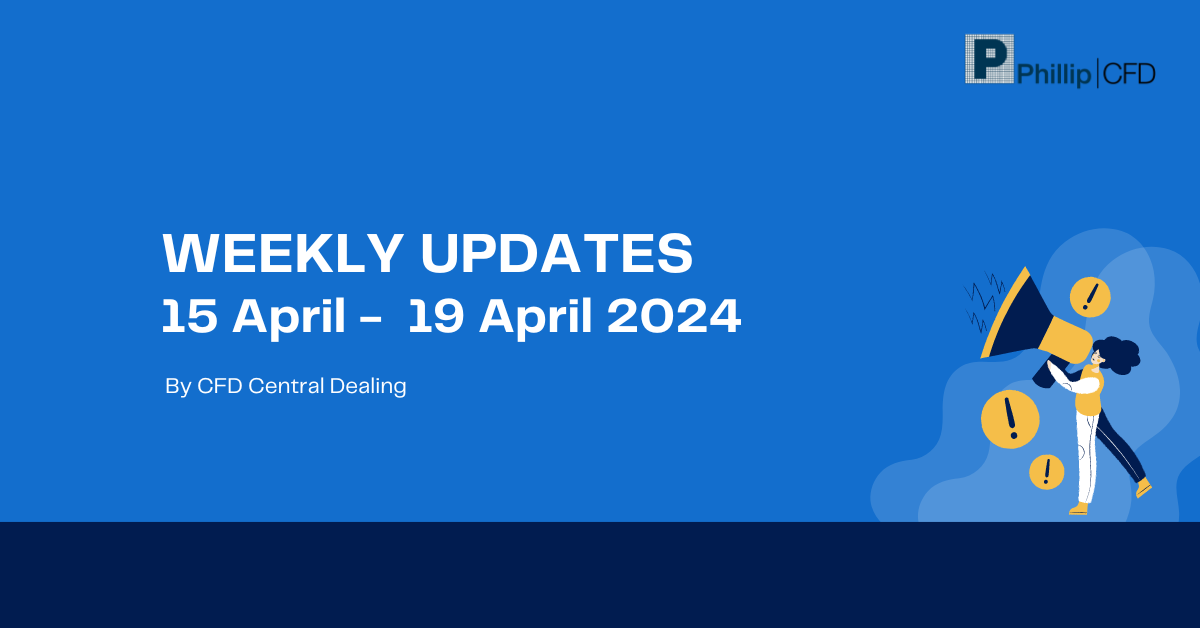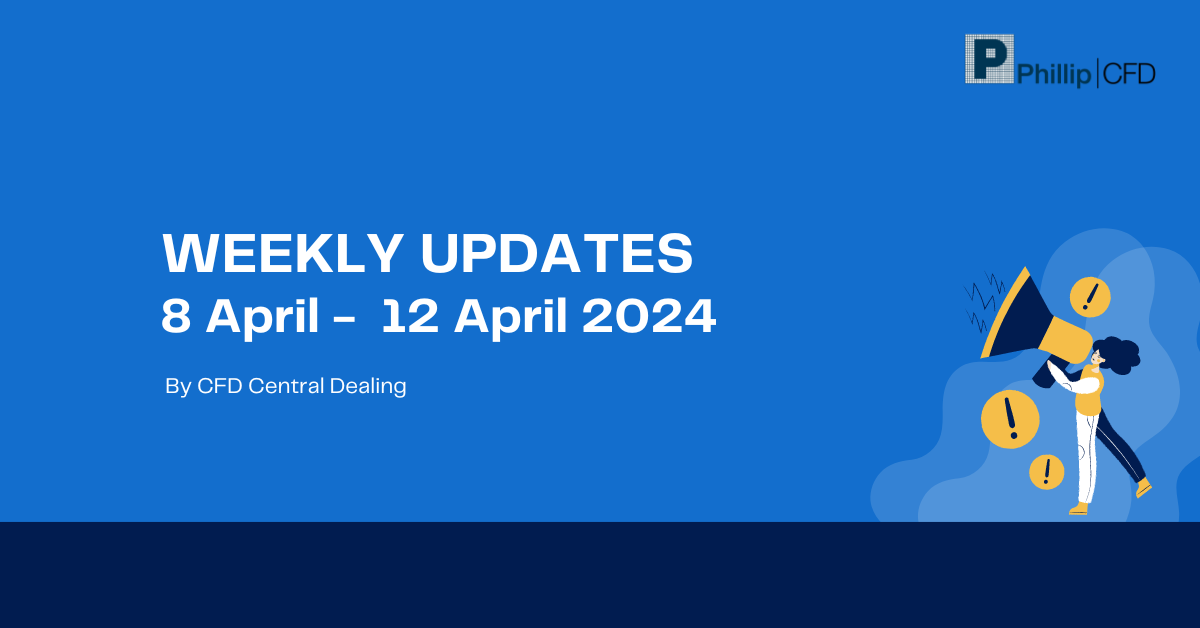Stress test
Table of Contents
Stress test
Stress testing, a crucial technique in risk management and strategic planning, is essential for assessing how resilient systems, buildings, or organisations are under harsh and often unfavourable situations. This thorough examination helps to identify weaknesses, improve decision-making, and strengthen tactics.
What is stress test?
Stress testing is an analytical procedure aimed at scrutinising the performance of a system or an entity under severe and often unprecedented circumstances. These circumstances, known as stress scenarios, encompass adverse situations that might include economic crises, market fluctuations, operational failures, and other unanticipated events. Stress tests are meticulously designed to gauge the system’s ability to endure, recover, and mitigate losses during such scenarios.
The use of stress testing in risk management adds another level of accountability and legitimacy. It provides both a quantitative and qualitative evaluation of an entity’s crisis management capacity. This data-driven strategy not only helps to strengthen internal strategies but also inspires trust in external stakeholders. Results of stress tests may be used by regulatory bodies, investors, and clients to assess an entity’s resilience, resulting in a more knowledgeable and secure business environment.
Understanding of stress test
Simulating fictitious but likely circumstances that exceed a system’s capability is the core of stress testing. This extensive investigation is carried out to find weaknesses that would go undetected under regular settings. Stress testing reveal possible weak areas that would not otherwise be obvious by putting the system under harsh circumstances.
Stress testing entails developing situations that push the capabilities of the system to their absolute limit. These scenarios have been carefully created using market trends, historical data, and industry insights. Although the results of stress scenarios cannot be foreseen, stress testing offer a tactical advantage by exposing possible flaws that would not be apparent under normal operational conditions.
To comprehend the functioning of stress tests, consider a financial institution. When subjected to a stress test, the institution’s portfolios and balance sheets are exposed to economic downturns, volatile market conditions, or sudden shifts in interest rates. The institution’s ability to navigate through these trials, maintaining its financial stability and integrity, is rigorously assessed. This evaluation, in turn, enables regulatory bodies, stakeholders, and decision-makers to make informed choices.
The effectiveness of a stress test lies not only in its ability to uncover weaknesses but also in its role as a strategic compass. By shedding light on potential fault lines, stress tests empower organisations to shore up their defences. This might involve adjusting investment strategies, enhancing risk management protocols, or augmenting capital reserves. In essence, stress tests are proactive tools that empower entities to build a more robust foundation against potential shocks.
Working of a stress test
The foundation of a stress test is the development of scenarios that push a system’s capabilities to their absolute maximum. These situations can range from sudden demand spikes to cyberattacks, natural disasters, and financial market crashes. Stress tests determine how the system reacts and evaluate its performance in terms of stability, sustainability, and recovery by applying certain scenarios. The information gathered from these tests informs attempts at risk management and strategic decision-making.
Benefits of stress test
Stress testing extends a plethora of advantages to industries, institutions, and systems alike. It provides a clearer comprehension of vulnerabilities, thereby facilitating proactive measures to address potential crises. Stress tests also bolster transparency by identifying risks and improving risk communication. Furthermore, these tests foster the refinement of strategies, as they offer insights into areas that necessitate fortification.
Examples of stress test
Financial industry stress testing is a significant example of this activity. Banks and other financial organisations do stress tests on their portfolios by mimicking market crashes or economic downturns. By determining the financial institution’s resilience, these tests provide regulators and other stakeholders with information about their ability to handle challenging financial circumstances. Additionally, to assess how well their servers function under heavy traffic or in the face of cyberattacks, technology organisations frequently run stress tests on their servers.
Frequently Asked Questions
There are primarily two types of stress tests: qualitative and quantitative. Qualitative stress tests involve narrative assessments of potential risks and their possible impact. Quantitative stress tests, on the other hand, employ statistical and mathematical models to predict the effects of stress scenarios.
There are benefits and drawbacks to stress testing in finance and engineering. On the plus side, putting systems or portfolios under severe circumstances aids in identifying vulnerabilities and flaws. This can lead to better risk management and resilience. Furthermore, it gives vital insights into worst-case situations, which aids in decision-making and complying with regulations.
Stress testing, however, has limits. It is based on notions that might only sometimes fully represent real-world complications. Overemphasis on extreme possibilities might result in overly cautious measures. Furthermore, stress tests can be time-consuming and resource-intensive. They may not capture all possible threats, and the results may be misconstrued or misapplied if not cautiously utilised.
Failing a stress test necessitates remedial actions. The vulnerabilities exposed during the test prompt organisations to re-evaluate their strategies, implement risk mitigation measures, and enhance their overall resilience.
In the realm of finance, stress testing refers to evaluating a financial institution’s ability to withstand adverse economic scenarios. This involves testing the institution’s capital adequacy, liquidity, and overall stability under extreme conditions. Stress tests are critical for regulatory compliance and risk management because they assist institutions in identifying flaws and making educated decisions to improve their financial stability and resilience.
A stress test for companies involves subjecting a business’s operations, finances, and strategies to hypothetical stress scenarios. This aids in identifying potential weaknesses, enhancing decision-making processes, and ensuring business continuity. Stakeholders may identify possible vulnerabilities and design risk-mitigation plans by analysing how the company’s operations, finances, and cash flow responds to various stresses. Regulators, investors, and management can use stress tests to guarantee that the firm can withstand difficult circumstances and make educated decisions to maintain its stability and long-term sustainability.
Related Terms
- Yield Pickup
- Contrarian Strategy
- Interpolation
- Intrapreneur
- Hyperledger composer
- Horizontal Integration
- Queueing Theory
- Homestead exemption
- The barbell strategy
- Retirement Planning
- Credit spreads
- Correlation coefficient
- Accrual accounting
- Growth options
- Intrinsic Value
- Yield Pickup
- Contrarian Strategy
- Interpolation
- Intrapreneur
- Hyperledger composer
- Horizontal Integration
- Queueing Theory
- Homestead exemption
- The barbell strategy
- Retirement Planning
- Credit spreads
- Correlation coefficient
- Accrual accounting
- Growth options
- Intrinsic Value
- Growth Plan
- Advance Decline Line
- Accumulation Distribution Line
- Box Spread
- Charting
- Advance refunding
- Accelerated depreciation
- Amortisation
- Accrual strategy
- Hedged Tender.
- Value investing
- Capitalisation
- Long-term investment strategy
Most Popular Terms
Other Terms
- Options expiry
- Adjusted distributed income
- International securities exchanges
- Settlement currency
- Federal funds rate
- Active Tranche
- Convertible Securities
- Synthetic ETF
- Physical ETF
- Initial Public Offering
- Buyback
- Secondary Sharing
- Bookrunner
- Notional amount
- Negative convexity
- Jumbo pools
- Inverse floater
- Forward Swap
- Underwriting risk
- Reinvestment risk
- Final Maturity Date
- Payment Date
- Secondary Market
- Margin Requirement
- Mark-to-market
- Pledged Asset
- Subordinated Debt
- Trailing Stops
- Treasury Stock Method
- Stochastic Oscillator
- Bullet Bonds
- Basket Trade
- Exchange Control
- Notional Value
- Relevant Cost
- Dow Theory
- Speculation
- Stub
- Trading Volume
- Going Long
- Pink sheet stocks
- Rand cost averaging
- Sustainable investment
- Stop-limit sell order
- Economic Bubble
- Ask Price
- Constant prepayment rate
- Covenants
- Stock symbol
- Companion tranche
Know More about
Tools/Educational Resources
Markets Offered by POEMS
Read the Latest Market Journal

Navigating the vast world of unit trusts can be daunting. With nearly 2000 funds available...

Predicting Trend Reversals with Candlestick Patterns for Beginners
Candlestick patterns are used to predict the future direction of price movements as they contain...

In the diverse and complex world of investing, unit trusts stand out as a popular...

Back in Business: The Return of IPOs & Top Traded Counters in March 2024
Start trading on POEMS! Open a free account here! At a glance: Major indices continue...

Weekly Updates 15/4/24 – 19/4/24
This weekly update is designed to help you stay informed and relate economic and company...

From $50 to $100: Unveiling the Impact of Inflation
In recent years, inflation has become a hot topic, evoking strong emotions as the cost...

Japan’s Economic Resurgence: Unveiling the Tailwinds Behind Nikkei 225’s Record Leap
Source: eSignal, Intercontinental Exchange, Inc. In the heart of Japan’s economic landscape, the Nikkei 225...

Weekly Updates 8/4/24 – 12/4/24
This weekly update is designed to help you stay informed and relate economic and...












